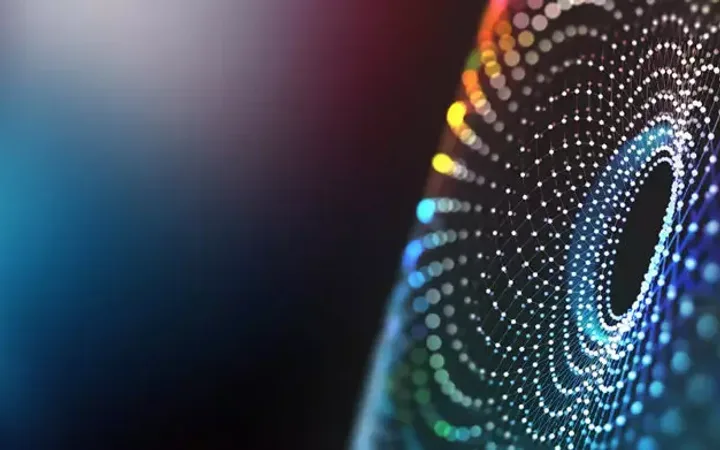With recent claims that Google’s AI chatbot has become sentient and as AI continues to enable unprecedented levels of automation across many industries, the debate over whether an AI can ‘invent’ continues. For innovators, it’s important to know how AI involvement should be handled on patent applications and how this issue is likely to evolve in the future.
Differing perspectives#
While national patent offices around the world differ in their opinions on AI inventorship, the issue of whether AI can invent was recently discussed at length at the EPO with reference to the ‘DABUS’ family of cases, where applicant Stephen Thaler sought European patents that name an AI system as an inventor. The EPO maintained the general view from other patent offices that an inventor must be a human being.
Nonetheless, ever more research and development is focusing on the results that well-configured AI can achieve. For instance, in the healthcare world, AI is being used effectively in drug design, chemical synthesis, drug screening, polypharmacology and drug repurposing. In manufacturing, it’s unearthing previously unknown patterns in workflows to tackle operational challenges, ensure efficiency and reduce waste. Since these insights can lead to invention, it seems inappropriate to discount the link between the inventive output obtained using an AI system and the presence of an inventive concept in a patent application.
This leads to a key question — how can you identify an inventor on a patent application when the invention has involved an AI system?
What to do with an AI inventor#
Both the recent EPO and UKIPO decisions on the DABUS matter have pointed toward solutions. At the EPO, it now seems that the user of an inventive device can be designated as an inventor. The UKIPO has also indicated that an applicant will have more success if they name themselves as an inventor, although this has obvious limitations — as inventors and applicants are often separate entities linked by a chain of title (such as an employment contract).
UK law specifically refers to an inventor as ‘the deviser of the invention’ — ultimately, the person who has contributed toward the inventive concept. If the inventive concept has been identified in the output from an AI system, then — given the EPO’s proposed solution — the best thing to do would be to name the inventor as the person who caused that output to be generated. This may be the person who directed the AI system to analyse a specific range of parameters that resulted in the inventive output. This may not, of course, be the person who physically provided the inputs — but in many cases, it could be the person who inspired that choice of inputs.
For a detailed review of your specific needs around AI inventorship, get in touch with me for a free initial chat about your invention.





















